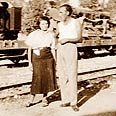
A. Putting the equipment on the train
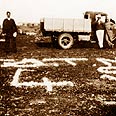
B. Address of the laborers' camp
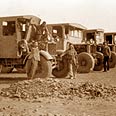
C. Fleet of trucks used to transport the pipe system

D. Lunch break
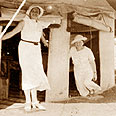
E. Tzila and a friend visiting the encampment
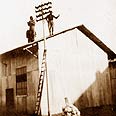
F. One of the telephone lines installed along the oil pipe line
Yaakov Pollack was born in 1905 in Ukraine, in the city of Kaminitz in the Podolsk region. His older sister, Tzila, studied medicine at the city of Chernivtsi during World War I.
Following the Bolshevik Revolution, which sparked anti-Semitic pursuits, Tzila escaped to the Land of Israel and settled in Safed.
Yaakov immigrated to Israel in 1926, arriving at the Jaffa coast with his friend Winick (Geffen). While Winick joined Kibbutz Yagur, Yaakov traveled to his sister Tzila in Safed. From Safed he moved on to work in various places across the country, including Zichron Yaacov in 1928, where he was involved in drying up the swamps knows as the Kabara swamps.
While still in Zichron Yaacov, Yaakov was hired by the British Mandate government's post and telegraph office. His position included installing telephone lines along the oil pipe between Mosul and Kirkuk and Haifa, along the railway knows as "the valley train", and even to the Naharaim power station.
During this period, he became involved in the life of Bedouins in the area, getting to know their way of life, language and customs. Many of the following pictures document Yaakov's work in the Iraq desert and the eastern side of the Jordan River.
In 1934, Yaakov settled in Haifa and joined the electric company. He engaged in the establishment and maintenance of the electricity network, both in the city of Haifa and its surroundings. During those years, a new power station was established along the coastline (in addition to a diesel-powered station located near the Paz Bridge). The pictures show high voltage lines being installed in order to connect the new station to the old station and to the national electricity network.
Yaakov Pollack operated as part of the underground Hagana militia. Due to his familiarity with the train system (from his previous role at the post and telegraph office), he took part in defending trains during the 1936-1939 events.
In this article we present photos of Yaakov during his work at the post and telegraph office and his stay in the IPC oil line workers' camp in the western desert of Iraq, where he installed telephone lines.
We would like to thank Yaakov's son, Hilik Poleg, for providing us with a peek into his albums.
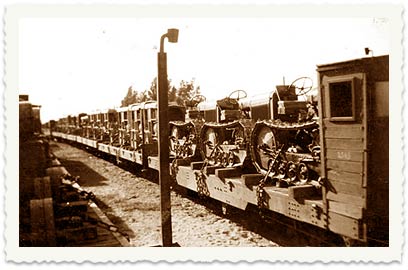
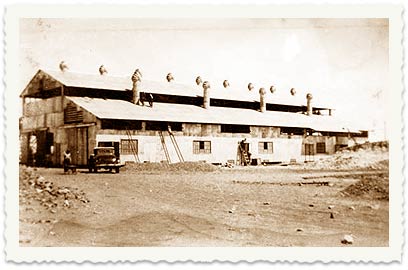
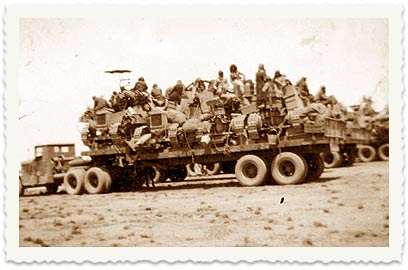
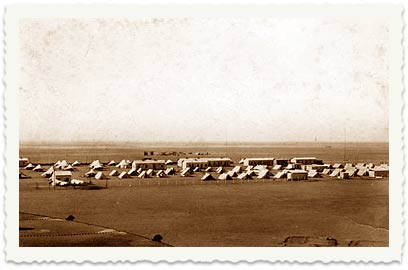
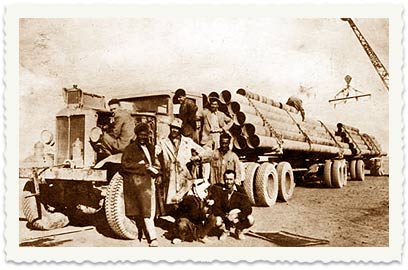
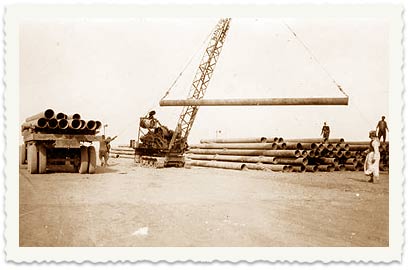
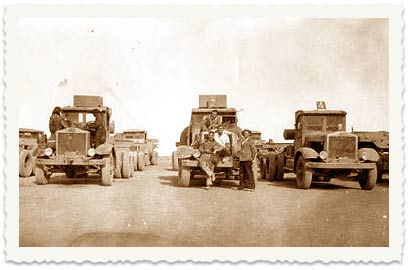
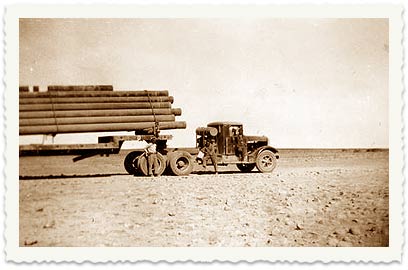
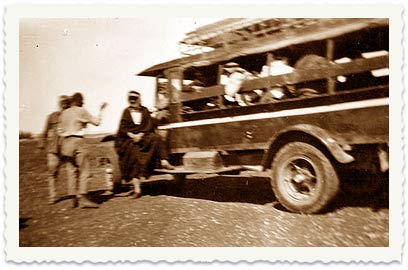
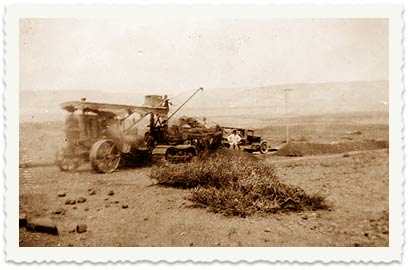
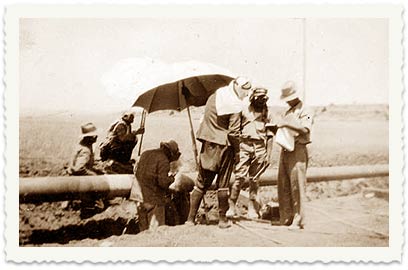
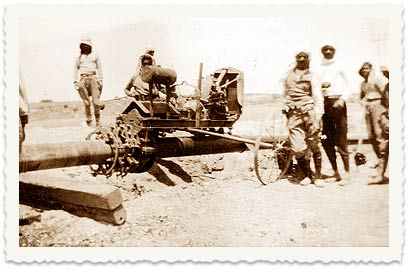
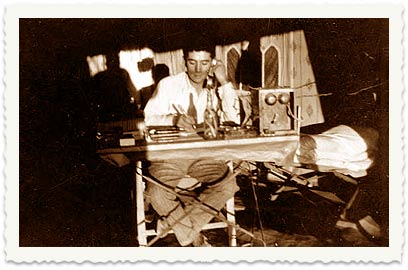
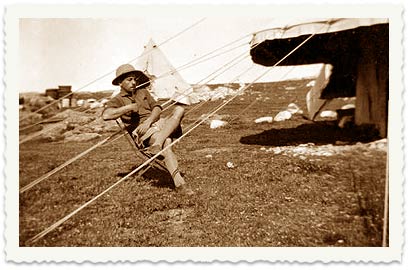
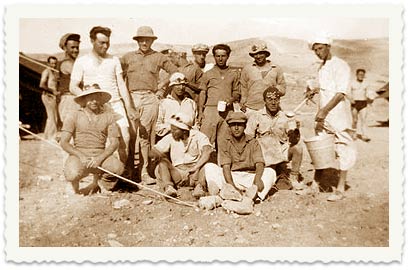
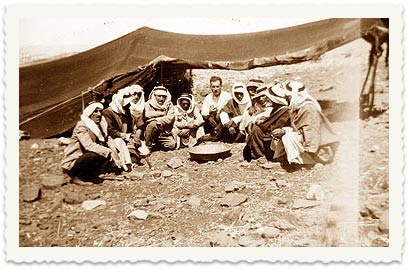
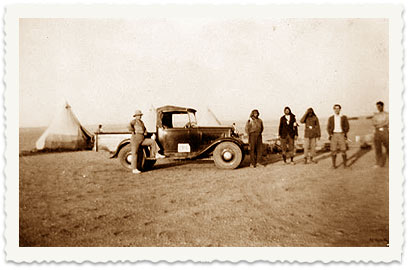
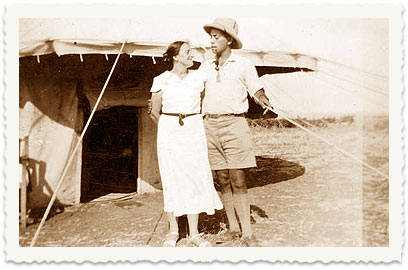
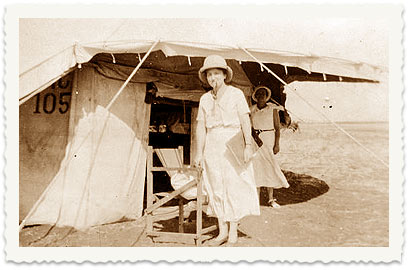
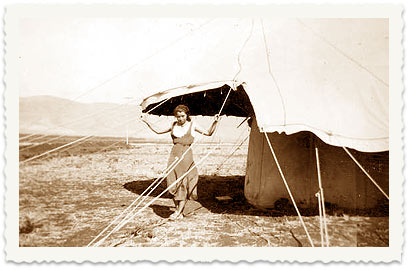
For all trip to the past – click here .















